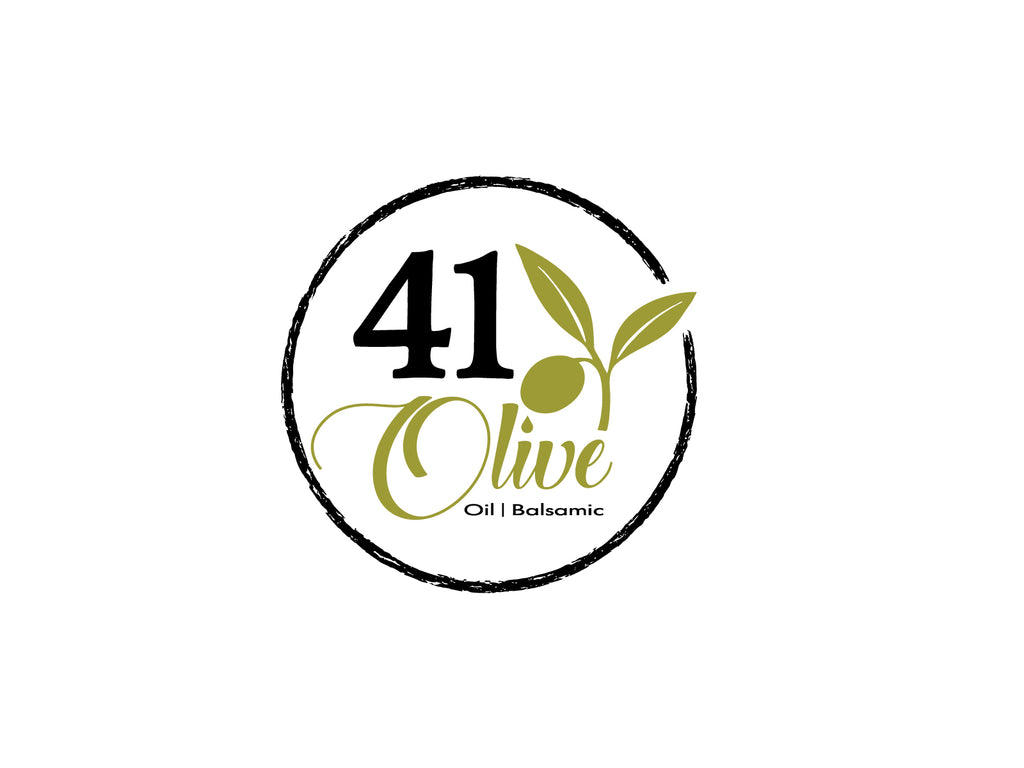Mastering the Art of Homemade Dressings: How to Make Basic Vinaigrette
In the world of culinary delights, homemade salad dressings hold a special place. Among the many varieties, Basic Vinaigrette stands out as a versatile and easy-to-make dressing that adds a burst of flavor to any salad. In this blog, we will explore the art of making Basic Vinaigrette from scratch.
With just a few simple ingredients and some creativity, you can elevate your salads to new heights. Get ready to embark on a flavorful journey as we delve into the steps of creating this classic dressing.
- Gather the Ingredients: To make Basic Vinaigrette, you will need:
- Extra virgin olive oil
- Vinegar (such as red wine vinegar, white wine vinegar, or balsamic vinegar)
- Dijon mustard
- Honey or maple syrup (optional)
- Salt and pepper to taste
-
Choose Your Flavor Profile: Basic Vinaigrette serves as a versatile base that can be customized to suit your taste preferences. You can experiment with different types of vinegar and add various herbs, spices, or even citrus zest to create unique flavor combinations. The options are endless, so don't be afraid to get creative!
-
Mix the Ingredients: In a mixing bowl, whisk together the olive oil and vinegar in a 3:1 ratio. For example, if you use 3 tablespoons of olive oil, add 1 tablespoon of vinegar. The precise ratio can be adjusted to suit your desired level of acidity.
-
Add Flavor Enhancers: To enhance the flavor of your vinaigrette, add a teaspoon of Dijon mustard. The mustard acts as an emulsifier, helping to bind the ingredients together and create a smooth texture. For a touch of sweetness, you can add a drizzle of honey or maple syrup. Season with salt and pepper to taste.
-
Shake or Whisk Vigorously: To achieve a well-emulsified vinaigrette, vigorously shake the ingredients in a jar with a tight-fitting lid or whisk them together in a bowl. This process helps to combine the oil and vinegar, creating a creamy and cohesive dressing.
-
Taste and Adjust: Take a moment to taste your vinaigrette and make any necessary adjustments. If you prefer a tangier dressing, add more vinegar. For a milder flavor, increase the amount of olive oil. Feel free to experiment and tailor the dressing to your liking.
-
Let It Rest: Allow your vinaigrette to rest for at least 15 minutes before serving. This resting period allows the flavors to meld together, resulting in a more harmonious taste. You can store any leftover vinaigrette in a sealed container in the refrigerator for up to a week.
-
Dress and Enjoy: When it's time to serve your salad, drizzle the Basic Vinaigrette over your fresh greens and toss until evenly coated. The dressing will enhance the flavors of the ingredients, providing a delightful balance of acidity and richness.
Conclusion
Mastering the art of making Basic Vinaigrette opens up a world of possibilities for your salads. By understanding the simple ratio of oil to vinegar and adding your preferred flavor enhancers, you can create a personalized dressing that suits your taste buds. Experiment with different types of vinegar, herbs, and spices to create unique variations that elevate your salads to new heights.
Making your own vinaigrette allows you to control the quality of ingredients and customize the flavors to suit your preferences. So, the next time you're craving a fresh and flavorful salad, reach for the Basic Vinaigrette and savor the homemade goodness.
